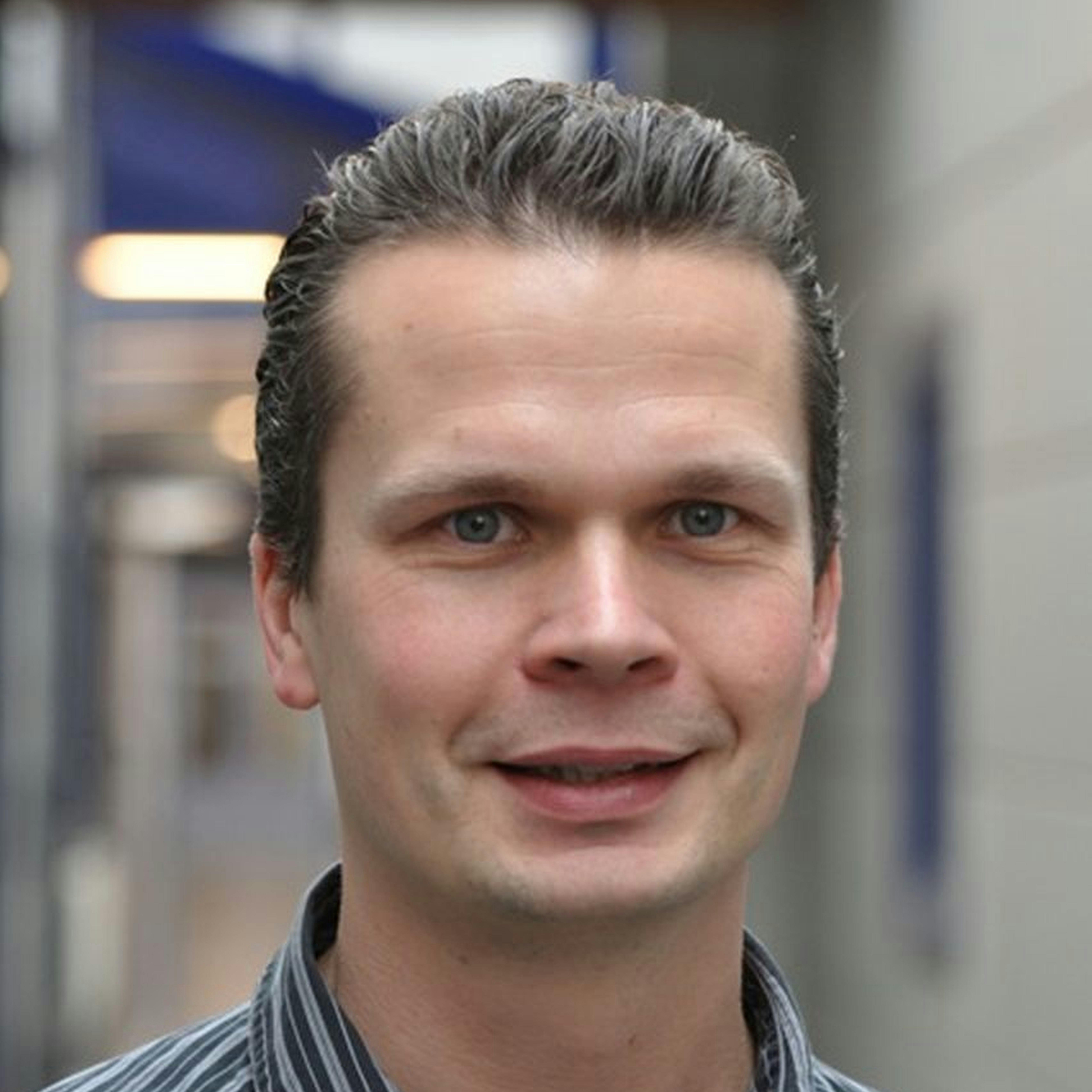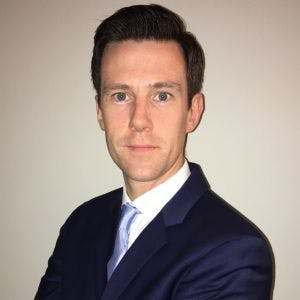Consumers expect modern electronics to provide increased functionality and still endure drops and vibrations. Although cooling and thermal problems constitute a significant source of electronics failure, vibration fatigue accounts for 22% of electronic equipment failures (according to BCC research).
How do you ensure that, when designing for robust product performance, the sensitive electronics inside your product survive regular use, or as we call it, operational vibrations? How do you virtually validate the optimization of your designs before production, increase quality and predict a more efficient and faster development process?
Watch this webinar to learn how to combine simulation and test to increase simulation fidelity, shorten development time and cost and pass verification with your first final prototype.
How to acquire real-life shock and vibration testing as inputs to simulation or an accelerated shaker test
Performing real-life shock and vibrations testing for inputs to simulation is helpful. Which events and how often do they occur in the device or product lifetime. You can measure vibration scenarios using sensors and gather data to use as inputs for simulation or shaker tests.
Accelerate innovation by predicting structural performance of shock and vibration testing early in electronics design
Assure the structural integrity of electronics components and systems at an early stage in the development lifecycle via combined insights of test and simulation. Test and simulation engineers should work collaboratively throughout the development process.
Reduce re-spins and time-to-market with electronics vibration testing and simulation software
Lacking thorough simulation and test can result in more costly re-spins and significantly delayed time to market. Siloed ECAD and MCAD disciplines hamper product development processes. Advanced simulation capabilities are no longer enough. To improve time-to-market and reduce respins for products, companies need to enhance connectivity from authoring systems to simulation and ultimately physical testing, enabling a complete digital thread.
Design robust electronics products with great drop test performance by using simulation and testing software
Simulation and testing software can thoroughly investigate drop and vibration-induced stresses in electronics. Simulation and testing software gives confidence before fabrication that designs will be robust enough for the intended application and that products will not fail prematurely.
발표자 소개

Frank Demesmaeker
Business Development Manager Mechanical Industries
Frank Demesmaeker는 1994년 벨기에의 Katholieke Universiteit Leuven에서 토목 공학을 전공하고 LMS International(현 Siemens)에서 Benelux 지역 고객 기술 지원으로 경력을 시작했습니다. 오래전부터 전 세계의 고객과 함께 일하면서 기술, 상업, 마케팅의 관점에서 소음 및 진동 문제에 접근하며 깊이 있는 지식과 실무 경험을 쌓았습니다. 현재는 에너지, 의료, 소비재, 선박, 교육 기관, 광범위한 기계류 사장 등을 대상으로 테스트 애플리케이션 프로모션 및 조정을 지원합니다.

Oliver Taheny 박사
Simcenter 3D Business Development Manager
Oliver Taheny는 기계 팀의 전자, 터보 기계류 및 의료 산업 분야의 Simcenter 3D 비즈니스 개발 관리자입니다. 2022년 비즈니스 개발 팀에 합류하기 전 2017년부터 Siemens에서 STS 포트폴리오 개발 임원으로 근무했습니다. 그는 열 관리 분야의 가스 터빈 산업과 통신 산업 분야 모두에서 약 10년 간 업무 경험을 쌓았습니다. Oliver Taheny는 아일랜드 University of Limerick에서 메카니컬 엔지니어링 박사 학위를 취득했습니다.
